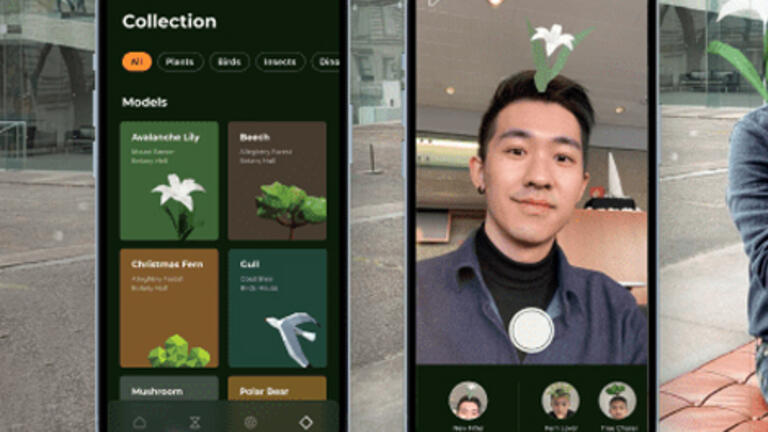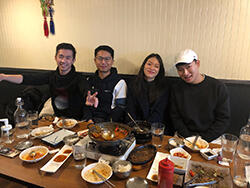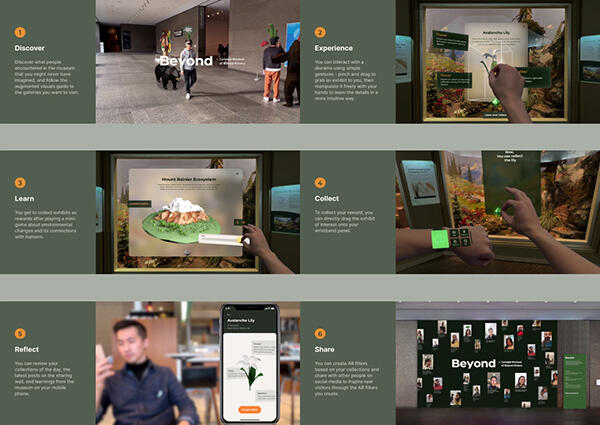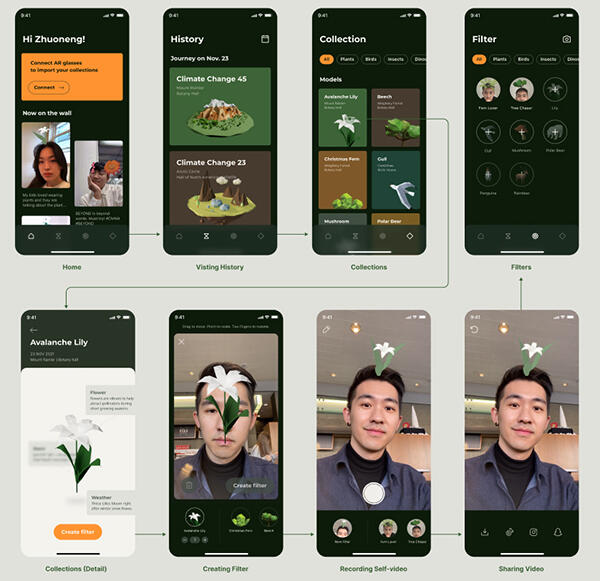Design Masters Students Win Three Prestigious Awards for “Beyond”


A team of four graduate students from Carnegie Mellon University's School of Design recently won three prestigious awards for their project, “Beyond,” a mixed reality museum experience. Beyond won Muse Design’s platinum award, New York Product Design’s silver award, and Indigo Design’s gold award – all three competitions are professional category, open to students and design professionals.
The Muse Design awards is “an international competition for designers whose craftsmanship shift paradigms.” The New York Product Design awards “honors the efforts of talented product designers, design teams and manufacturers from all over the world, whose designs have made daily living that much better with their practical and ingenious creations.” The Indigo Design awards “promotes creativity from around the world, highlighting projects that are unique in graphic design, digital, mobile, branding and design for social change.” The design team, comprised of students Guan-Bai Chen (MPS ‘22), Wei-Chieh Wang (MDes ‘23), Youngryun Cho (MDes ‘23), and Zhuoneng Wang (MPS ‘22) describe Beyond as “a museum experience built on mixed reality goggles and catered for Gen Z.”

Beyond was born out of the design team’s goal to help their client, the Carnegie Museum of Natural History, appeal to younger audiences’ expectations of museums being interactive and engaging. “We carefully crafted the experience to be hand-gesture based. It allows visitors to interact with digital objects in a natural and intuitive manner and to immerse in a fun augmented learning environment,” the design team shares. “After putting on the goggles, visitors are first drawn to virtual animals and plants following other museum-goers around.”
As they explore exhibits, visitors are prompted to participate in an “augmented scavenger hunt,” which encourages learning through “mini games about environmental change and its connection to humans.” Using hand gestures such as pinch and drag movements, visitors can interact with exhibit dioramas and examine details while they play. Once the game is completed, visitors can collect virtual rewards and add specific exhibits to their “collections,” which are displayed on a virtual wristband panel.

The last component of the experience is a museum mobile app, which serves as a post-visit touchpoint. Using augmented reality filters and customization options, visitors can personalize their collections, reflect on their learnings, and share with friends on social media. “Such sharing increases museums’ social influence in the young community and brings more of the young to the museums,” the design team says.
The School of Design congratulates the team on all of their awards for this fascinating project.